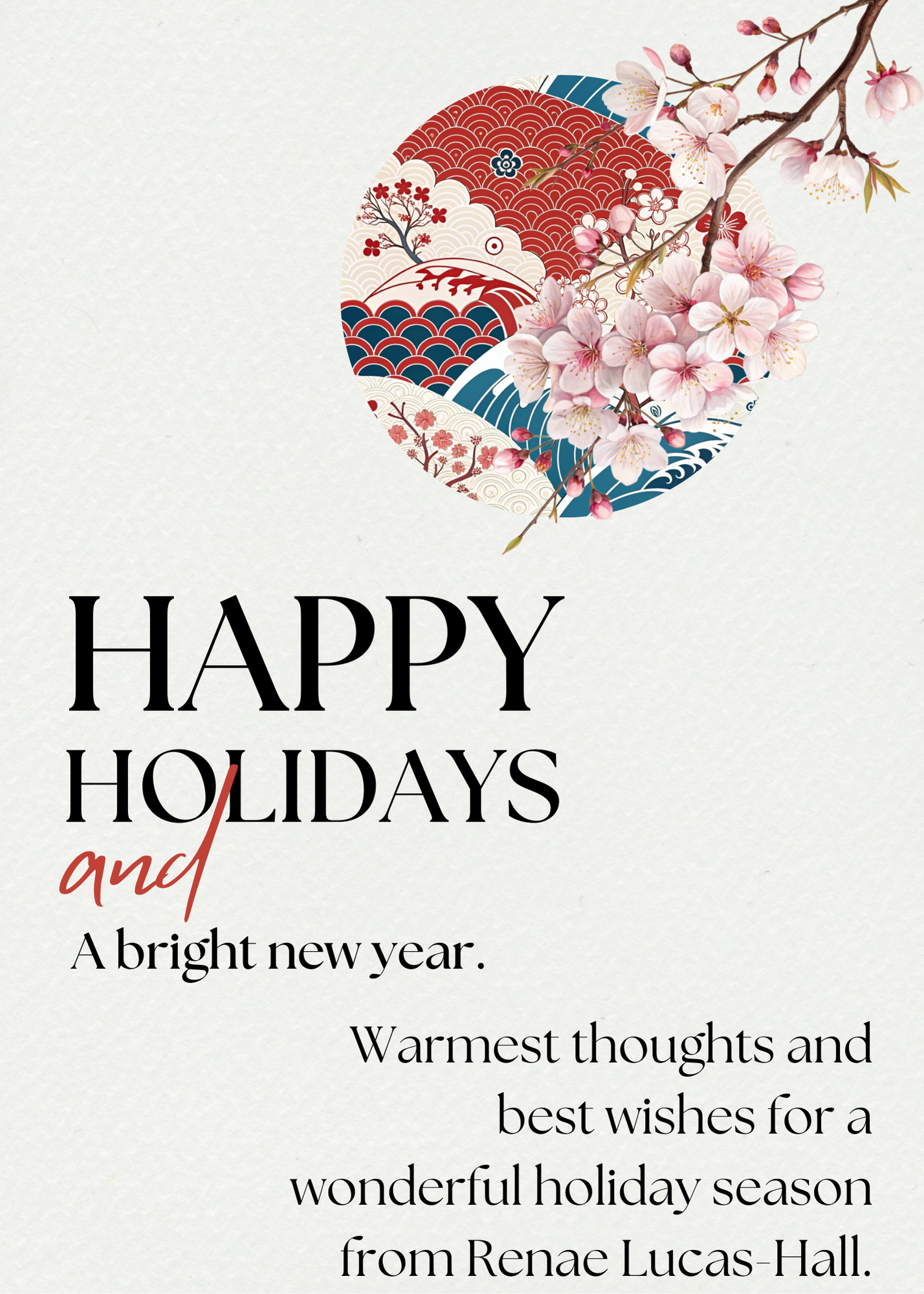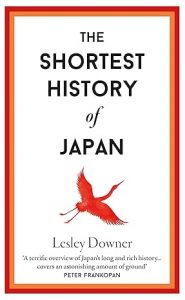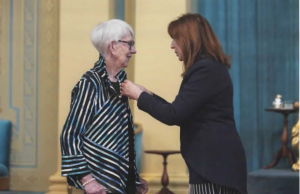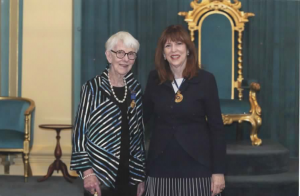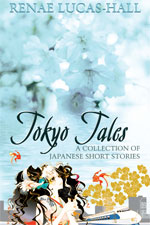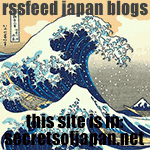This cherry blossom season, both in Japan and here in the UK, I’m incredibly excited and honoured to be collaborating with Sakuraco — a company known for their beautifully curated monthly subscription boxes that support local snack makers throughout Japan. Each box features up to 20 authentic Japanese snacks, sweets, and teas and it’s delivered right to your doorstep. I’ve always dreamed of reviewing their cherry blossom box, so I was thrilled when they sent me their “Moonlit Sakura” box last week!
It’s a wonderful way to experience the rich flavours and timeless traditions of Japan — no matter where you are in the world. In this review, you’ll get a glimpse of just how special Sakuraco boxes truly are. And the best part? You can have one delivered straight to your doorstep! Plus, use the code RENAE5 to enjoy $5 off your first box.
Ayumi Chikamoto, the founder of Sakuraco and CEO of TokyoTreat, began her journey in 2015 when she started hand-packing Japanese snack boxes to send overseas. What started as a thoughtful gesture to fulfill requests from her friends around the world soon turned into a full-fledged mission: to connect people globally with authentic Japanese culture through Japanese snacks and Japanese candy. From her living room floor, Ayumi built a team of snack enthusiasts, carefully curating treats that truly represent modern Japan. Sakuraco, one of her sister brands alongside YumeTwins (for ultra cute and kawaii boxes), nomakenolife (Japanese and Korean beauty boxes), JapanHaul (Japanese and Korean snacks, beauty and anime), and TokyoCatch (authentic Japanese crane games), was born out of her love for traditional sweets and tea culture — an important part of her own daily life she wanted to share with the world.
Since its launch in 2021, Sakuraco has grown into a vibrant community of food lovers and artisans passionate about celebrating the roots of Japanese tea and snack traditions. For centuries, tea has held a symbolic place in Japanese culture, but its everyday origins are less known. In the past, rural workers developed the custom of afternoon snack breaks to replenish energy during long workdays when only breakfast and dinner were typically eaten. Even as eating habits evolved, afternoon tea and snack time remained a comforting ritual — a moment to pause, recharge, and connect. Today, Sakuraco continues this tradition by offering a carefully curated selection of sweets, teas, and regional specialties, allowing people everywhere to experience a piece of Japanese culture right at home, just as Ayumi still does herself.
This month’s Sakuraco box celebrates cherry blossoms on a moonlit night (月夜の桜 ) and the tradition of enjoying nighttime cherry blossoms, when friends and family gather beneath the trees to share food, drinks, and the joy of spring. This is called yozakura (夜桜) in Japanese.
“Sakura, or cherry blossoms, symbolize renewal, hope, and fleeting beauty. The sakura take on a new level of enchantment under the moonlight.”
Now, let’s take a look at the contents of the box . . .
Inside, you’ll discover a postcard with a note from Ayumi to her Sakuraco family as well as a beautifully illustrated snack guide that brings Japan’s cherry blossom season to life. It features enchanting locations where you can view the blossoms illuminated at night, a page on the beauty of traditional Japanese lanterns, an explanation of chado, the art of the Japanese tea ceremony, and how to pair your subscription with premium Japanese tea. There are also stories about some of the skilled artisans who make the snacks, why the treats taste so good, and thoughtful serving suggestions to enhance your experience.

As a special touch, the box also includes an elegant china plate adorned with delicate pink cherry blossoms — a true keepsake that captures the beauty and spirit of the season.

First on the list is the Sakura Hibiscus Tea pictured below, produced in partnership with Maruyama Seicha, a renowned tea producer from Shizuoka. What makes this tea truly stand out is its stunning pink hue — a visual treat that perfectly complements its gentle aroma. Its refreshing flavour is a combination of a hibiscus and green tea blend infused with cherry blossoms. For the best experience, let the tea bag steep for a few minutes to fully release its delicate fragrance and smooth, mild flavour.
The Sakura Madeleine from Ebisu Confectionery in Osaka is an absolute standout indulgence. Its delicate cherry blossom pink hue runs beautifully throughout the entire cupcake, right down to the final crumb. Undoubtedly one of my top two favorites, this madeleine is a true delight — expertly crafted with a light, melt-in-your-mouth texture and a perfectly balanced blend of cherry blossom and strawberry flavours. It’s an exquisite fusion of elegance and sweetness that’s hard to forget.

The Sakura Dorayaki, crafted by Suguya Confectionery in Nagano, is a seasonal delicacy available only during cherry blossom season — and it’s truly something special. Delicately infused with the subtle flavor of cherry blossoms, the soft pancake-like layers envelop a smooth white bean paste that’s mild and refined. It’s a perfect treat for those who enjoy the comfort of pancakes but are looking for something a little more elegant and unique — ideal for a sophisticated afternoon tea experience.
The Sakura Chocolate Cookie by Nakayama Confectionery in Tochigi is made with twice-baked dough and coated with sakura chocolate. Nice and crunchy, it can easily be shared by two people if you cut it in two. The pink love hearts on the packaging are a nice touch.
The Sakura Cream Cookie from Itogawaya in Mie served here with a cup of the Sakura Hibiscus Tea may appear simple at first glance, but it surprises with a delicious cream filling at its centre. Its subtle flavor makes it the perfect pairing for a bold, aromatic tea. Delicately adorned with an image of cherry blossoms on top, this cookie is as charming as it is satisfying — an elegant nod to the beauty of the season.
The Sakura Wagashi from Sugiura Confectionery in Shiga pictured with the Sakura Boro Cookies is a delicate homage to the fleeting beauty of cherry blossoms. Artfully adorned with three blossoms — soft pink, pure white, and vibrant red — it’s as much a feast for the eyes as it is for the palate. The jelly offers a perfect balance of firmness and tenderness, creating a satisfying texture that makes it an ideal omiyage (souvenir) from Japan. Subtle and refined in flavor, this exquisite treat captures the essence of spring, leaving a lasting impression.
The Sakura Boro Cookies by Matsumoto Confectionery in Osaka pictured with the Sakura Wagashi are a delightful take on the traditional boro cookie, crafted with simple, locally sourced ingredients like flour, eggs, milk, and sugar. Their flavour strikes a perfect balance between shortbread and rich tea biscuits — subtle and not overly sweet. The charming cherry blossom packaging adds a lovely touch, making them an ideal choice for bento lunch boxes and your next picnic.
The Sakura Mochi from Seiki in Ehime offer a flavour reminiscent of marzipan, though it’s far from typical. For those unfamiliar, mochi are made of mochigome (もち米), a short-grain Japanese glutinous rice. Inside, the delicate translucent jelly delivers a refined taste, far superior to the pre-packaged mochi found in convenience stores or Japanese retailers. Its light, airy texture ensures a smooth experience — not heavy nor sticky — so there’s no risk of it catching in your throat. The packaging suggests the cakes are fully coated in white kinako, a roasted soybean flour sweetened with sugar, but they only have a light dusting.

The White Peach Jelly by Kuniwa in Okayama is a delightful fusion of peach puree and a hint of white peach liqueur. While the jelly didn’t travel perfectly and had liquefied slightly, its taste was nothing short of extraordinary. The vibrant peach flavor was incredibly fresh and bold, making this a delicious experience.
The Kinako Mochi Senbei by Iwatsuka Confectionery in Niigata served here with a Sakura Doriyaki and a cup of the Sakura Hibiscus Tea, came in two distinct packets — one green and one yellow — though the flavour remained the same in both. The delightful melt-in-your-mouth texture, created by a blend of wasanbon sugar and kinako soybean powder, is truly exceptional. With a subtle nutty flavor, this treat is perfect when paired with tea, offering a taste sure to please any palate.
The Sakura Shrimp Senbei by Ikedaya in Aichi are rice crackers infused with cherry blossoms kneaded into the dough. Lightly salted, they are irresistibly moreish — quickly becoming our favorite snack, mainly because we didn’t expect them to be so exceptional. Crisp and full of flavour, they stand apart from typical prawn crackers, offering a delightful balance of sweet and savoury notes that complement each other perfectly. We’d certainly enjoy these again.
Last on the list is the Shrimp Menataiko Arare by Morihaku Confectionery in Gifu. True to its name, these bite-sized treats are made with glutinous rice and shrimp, then seasoned with mentaiko (pollock roe) to deliver a rich umami flavor with a subtle kick of spice. The lingering taste leaves a delightful warmth on the tip of your tongue long after you’ve finished.

Each Sakuraco box includes around 20 carefully selected items. If you were to buy each one individually at $3.00, the total value would probably be about $60 — but the box is priced much lower than that at $37.50 for one month and just $32.50 if you take out a 12-month subscription. Plus, every item is crafted by skilled artisans and confectioners from across Japan, making it a truly special experience. If you’d like to try it for yourself, here’s the link to the Sakuraco website — and don’t forget to use my code RENAE5 for $5.00 off your first order!






















